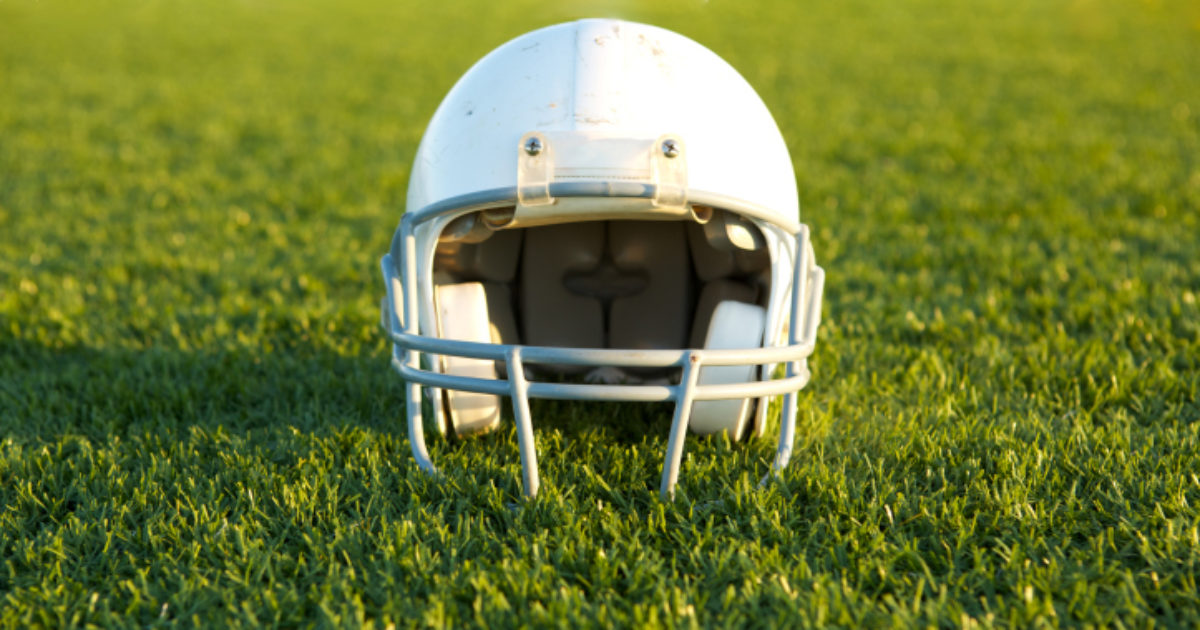
September 2, 2015 - TCO
Head-Turning Facts & Myths About Concussions
In recent years, concussions have become a mainstream concern for athletes of all ages. Although there have been many public horror stories surrounding concussions, particularly among former professional athletes, there has been a silver lining. More coaches, parents, athletic trainers, and athletes than ever before are knowledgeable about concussions, identifying symptoms, and protocols for treatment. Still, it’s estimated that upwards of 3.8 million sports-related concussions occur every year in the United States, and as many as 50% of them go unreported.
We’re making progress, but our work is not done.
Below are some of the most important facts (and myths) about concussions that we encourage everyone to be aware of, and share with others.
Facts about Concussions
.
Fact: Concussions occur in all sports.
Athletes and coaches in every sport need to be aware of the possibly of concussions. Of course, the highest incidence rate is still in the traditionally high-impact sports of football, hockey, rugby, soccer, and basketball.
Fact: History of concussion = higher risk.
Athletes with a history of concussion have 2-5 times higher risk of sustaining another concussion. It’s important that coaches know if their players have suffered concussions in the past, and athletes themselves need to be aware of their higher risk.
Fact: Losing consciousness is rare after concussions.
In fact, loss of consciousness only occurs in about 10% of concussions. Just because an athlete didn’t get knocked out, it doesn’t mean he or she is in the clear.
Fact: Athletes should not return to play on the same day as a concussion.
No athlete diagnosed with a concussion should return to play on the same day, or while still showing symptoms. The decision for returning to play is a medical one – NO EXCEPTIONS. In fact, the Minnesota State High School League outlines this policy in their official MSHSL concussion protocol.
Myths about Concussions
.
Myth: Concussions are more prevalent in male athletes.
Actually, the reported incidence of concussion is higher in female athletes than in male athletes.
The American Medical Society for Sports Medicine does point out, however, that a further detailed study is needed to understand if sex is a risk factor for concussion, or if it is merely a predictor of symptom reporting.
Myth: Helmets will prevent concussions.
Helmets, both hard (football, lacrosse, hockey) and soft (soccer, rugby) are best suited to prevent impact injuries, such as skull fracture, cuts, and bleeding. However, they have NOT been shown to reduce the incidence or severity of concussions. Similarly, there is no evidence that mouthguards can prevent, or reduce the severity of, concussions.
Myth: Concussions only occur after hits to the head.
An athlete does not need to hit his or her head to suffer a concussion. Head trauma can be caused in many ways, although it is true that hits to the head, such as collisions with other players, the ground, or a ball are common causes.
Myth: Concussion symptoms are obvious.
The truth is, concussions are not always obvious. It is true that some severe symptoms are obvious (and very serious), and require immediate emergency care. These include sudden headaches and confusion, drowsiness or fading in and out of consciousness, vomiting, double vision, unequal pupils, irritability or behavior change. Other symptoms are less obvious, but should still be watched for.
.
The American College of Sports Medicine organizes the less-common symptoms into four categories:
Physical symptoms: headache, nausea, dizziness, vision or balance problems, sensitivity to light or noise
Cognitive symptoms: feeling mentally slow or foggy, trouble concentrating or remembering
Emotional symptoms: irritability, sadness, nervousness, feeling more emotional than usual
Sleep-related: sleeping more or less than usual, drowsiness, or trouble falling asleep
Concussion Resources
We strongly encourage everyone involved in youth sports to educate themselves about concussions. There are incredible, free resources available for coaches, parents, officials, and athletes at the Centers for Disease Control and Prevention (CDC) website.
The website offers a free Concussion Training Course, and resources specific to Coaches, Parents, Athletes, and Officials. Be prepared, and stay up-to-date. It could make all the difference.e
Additionally, the National Athletic Trainers Association website is a great resource for concussion information.
Together, we can make sports safer, and more fun, for everyone involved!

